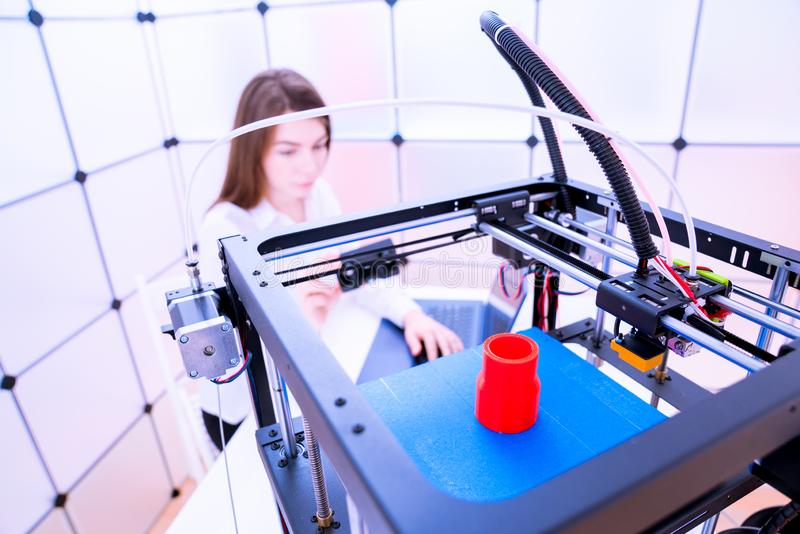More attention than ever is directed towards sustainability and climate change nowadays. It is in the news every day and companies are also heavily influenced by it. The younger generation is devoting more attention to it and demanding companies to take more responsibility. They advocate better and more sustainable products and production processes.
There are several emissions sources, such as cars and factories. Another source of emission is livestock. Currently, when looking at emissions numbers, global livestock is responsible for 14.5% of all human-caused emissions. Decreasing emissions is crucial to fight climate change and increasing sustainability. Research has shown that meat generally has a higher carbon footprint compared to plant-based food, thus eating less meat, or even better no meat, and more plant-based food could lead to fewer emissions (Petrovic et al., 2015). Change starts with yourself, so to also be a part of the mission to become more sustainable, an increasing number of people are becoming vegetarian, meaning that they do not eat meat or fish (Minassian, 2022).
To substitute meat, there are an increasing number of alternatives on the market that are marketed as plant-based meat. To reduce global meat consumption, not only vegetarians and vegans need to be targeted, but also consumers who eat meat. According to a Bloomberg Intelligence Report, by 2030, the sales of plant-based food are expected to have five folded (Minassian, 2022). A common remark from consumers who do eat meat is that these alternatives do not taste or feel like meat. Technology is playing a crucial role in fabricating plant-based alternatives that are indistinguishable from actual meat. Especially, genetic engineering technology has immense potential. It can recreate proteins normally found in animal products, such as milk, which creates textures and tastes that resemble real meat. Also, crops can be optimised to be able to use in plant-based meat (IDTechEx, 2021). So, in order to reduce meat consumption these technologies will be essential to get consumers who do eat meat to make the switch to plant-based alternatives and therefore actively participate towards a more sustainable world.
Works Cited
IDTechEx. (2021, July 20). Emerging Technologies Set to Shape the Next Generation of Plant-Based Meat. Retrieved from prnewswire.com: https://www.prnewswire.com/news-releases/emerging-technologies-set-to-shape-the-next-generation-of-plant-based-meat-says-idtechex-814624557.html
Minassian, L. (2022, April 6). Why the Global Rise in Vegan and Plant-Based Eating is No Fad (30x Increase in US Vegans + Other Astounding Vegan Stats). Retrieved from foodrevolution.org: https://foodrevolution.org/blog/vegan-statistics-global/
Zoran Petrovic, V. D. (2015). Meat production and consumption: Environmental consequences Zoran Petrovica,*, Vesna Djordjevica, Dragan Milicevica, Ivan Nastasijevica, Nenad Parunovica aInstitute of Meat Hygiene and Technology, Kacanskog 13, 11000 Belgrade, Serbia Abstract. Procedia Food Science, 235-238.


